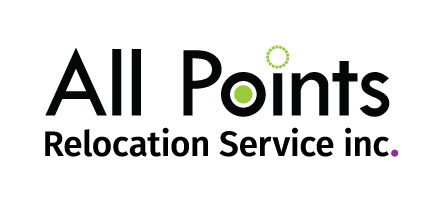1 | The Transferee’s Pitch for 60 Days in Temporary Accommodation
So the pitch from your transferee who is set to work from temporary accommodation at destination for 60 days is: “Let me spend one week on-site in Calgary, then one week at home in Toronto. You cover the flights, and I’ll skip the second week of hotel. When I am in Toronto I will work Calgary hours.”
That’s the pitch. The hiring manager likes it—after all, remote work is baked into your culture. It sounds thrifty. Innovative, even.
Until you run the numbers.
2 | Does the Math Really Work?
| Cost Element | Standard Temp Accommodation (Per Week) | 2nd week-cycle (Per Week) |
| Extended-stay hotel (7 nights) | $275/night → $1,925 | $0 (employee sleeps at home) |
| Round-trip YYZ–YVR flight | – | ≈ $600 |
| Taxis, airport incidentals | – | ≈ $100 |
| Meals | $75/day → $525 | 0 |
Total Employer Spend (Weekly): $3,150
On paper, that looks like savings. But here’s the kicker:
- A 30-day temporary accommodation stay with a kitchen costs roughly $4,300/month
- That includes meals (no per diems required)
- You avoid flights, admin hassle, and tax implications
The weekly back-and-forth plan breaks down by Week 3. Add one delayed flight, one snowstorm hotel night, or a spike in airfare and the costs grow even more. Plus you risk real productivity loss.
3 | Then There’s the Expense-Tracking Headache
- You’ve now more than tripled the number of expenses with flights, taxis, per diems, every other week
- Receipts split across two tax jurisdictions
- More exceptions = more manual audit time (unless you’ve invested in automation or an RMC partner)
Bottom line: You didn’t save money. And you just increased the admin load for Payroll and Finance.
4 | The Tax Reality – Are Those Flights Non-Taxable?
CRA guidance is blunt:
If the travel is primarily for the employee’s personal convenience, the reimbursement is a taxable benefit. It belongs on the T4.
Unless the trip qualifies under relocation definitions (e.g., house-hunting, moving days, new residence intent), the benefit is taxable.
This case?
- It’s a permanent relocation, not a commuter assignment
- Doesn’t qualify under CRA’s two carve-outs:
- House-hunting trips
- Moving day expenses
Translation for HR:
Check with your tax provider of course, but if these are taxable, are you grossing them up?
5 | How Companies Are Squaring the Circle
To manage expectations and budgets:
- Disallow it: unfortunately this is not done universally, but some are looking at the disadvantages and just saying no.
- Cap frequency: One flight home after every 30 nights on-site
- Cash-out option: Fixed taxable stipend equal to either 7 hotel nights or one flight
- Require pre-approval: Finance signs off if the proposed travel costs less than the baseline temporary accommodation option
6 | Takeaway for Mobility & HR
- Don’t run a one-week snapshot, run a 30- or 60-day cost projection
- Automate receipts or lean on your RMC for expense audits (but will they charge you more?)
- Flag commuter-style flights as taxable unless CRA relocation criteria are clearly met
When hours are thin and budgets tight, remote-plus-flight schemes can look smart. But the real math, the admin drag, and the tax risk? They add up fast.
That “clever” solution? It might just cost you more, in dollars, in audit hours, and in payroll headaches.
Footnote / Source
- CRA’s Employer’s Guide to Taxable Benefits (T4130)

